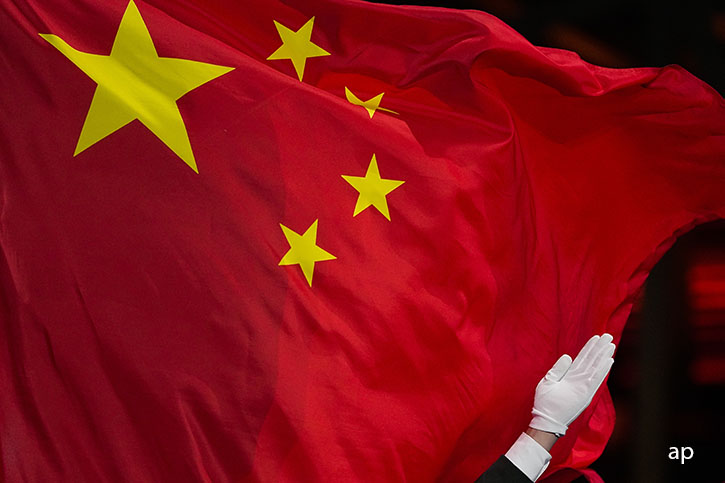Arecord number of Chinese asylum seekers, with help from social media, are making the dangerous trek across the U.S.-Mexico border, and it’s quickly becoming a hot-button political issue. Here’s why.
➡️ Why it matters
According to U.S. Customs and Border Protection (CBP), since October 2023, almost 16,000 Chinese migrants have attempted to cross the U.S.-Mexico border — more than doubling the previous fiscal year’s total number of Chinese migrants in a matter of months. These unprecedented numbers are making Chinese nationals the fastest growing population to cross into the U.S. from Mexico.
CBP data reveals that from January to November of 2023, over 30,000 Chinese people were detained by border agents after crossing illegally. In 2021, meanwhile, there were only 323 crossings.
📈 Why the spike?
Chinese citizens now represent the fourth largest nationality to cross the Darién Gap — the dense, mountainous jungle connecting Columbia with Panama. The Darién Gap was once seen as extraordinarily dangerous to traverse, but waves of migrants have established ways to navigate it as they move northward to the U.S.
The unemployment rate is very high. People cannot find work,” Xi Yan, a Chinese writer who crossed the border in April, told the Associated Press. “For small business owners, they cannot sustain their businesses.”
In June, China’s unemployment rate for 16-to-24-year-olds reached 21.3%, according to the National Bureau of Statistics. Sin Yen Ling, a spokesperson for the Asian American civil rights group Chinese for Affirmative Action, told the Austin American-Statesman that Beijing’s “recent crackdown on industries such as tech, real estate and education where young people have traditionally sought jobs have contributed to the high unemployment rate.”
Visas granted to Chinese nationals to work, visit or study in the U.S. have also become increasingly hard to come by, leading to the spike in finding alternate ways into the country due to recent tensions between China and the U.S.
🗺️What’s the path to the border
Crossing the U.S.-Mexico border is called “zouxian” by Chinese migrants — a phrase that translates to “walk the line.”
Most Chinese migrants start in Ecuador, which they can enter without a visa. There, they travel north through the Darién Gap before trekking across several other Central American countries on their way to the U.S.
Some migrants meet with smugglers to pay a fee that helps them reach the border gap and surrender to U.S law enforcement.
📲 How has social media played a role
Social media platforms like Douyin, the Chinese version of TikTok, are laying out step-by-step directions from leaving China to arriving in the U.S. The guides include survival tips on how to pack, where to stay, who to contact, how to cross the Darién Gap, what to do if they cross a border agent and the gap to find to cross into the U.S.
🇺🇸 What happens when they arrive
Chinese migrants who illegally cross usually surrender to border agents and request asylum. They are then taken into custody and processed, which can take months to years given the large backlog of immigration cases.
Even when immigration courts try to deport them, many stay in the U.S. because China will not repatriate them, leaving them in a kind of legal limbo.

